 Jessica Perkins, center, flanked by daughter Sienna Blount, left, and friend Susan.
Jessica Perkins, center, flanked by daughter Sienna Blount, left, and friend Susan.
In the current economic climate, homelessness takes many forms, and those who find temporary solutions too often find themselves back on the streets. Jessica Perkins’ story is a case in point.
Perkins, a 44-year-old widowed mother of five, has experienced housing challenges for 20 years, beginning after she had her third child. Living in Atlanta at the time, housed primarily at a hotel, she and her family relocated to Louisiana to a more stable situation with family. After about a year, Perkins her own place and was able to keep it for six years before she and her family again became homeless
“Then we were from place to place,” she says. “Sometimes hotels, parks, family, strangers’ houses and shelters for about a year before the state took my kids, leaving me to figure it out.”
She shuttled between Atlanta and New Orleans before relocating her family to Sacramento, where they lived with Perkins’ aunt for about four months. She found an apartment, but the family was evicted because of repeated fights between a neighbor and Perkins’ daughter, who’s now 14. Then a series of hotels and, sometimes, the car, until the Sacramento Housing and Redevelopment Agency called.
“That,” she says, “was the turning point for us.”
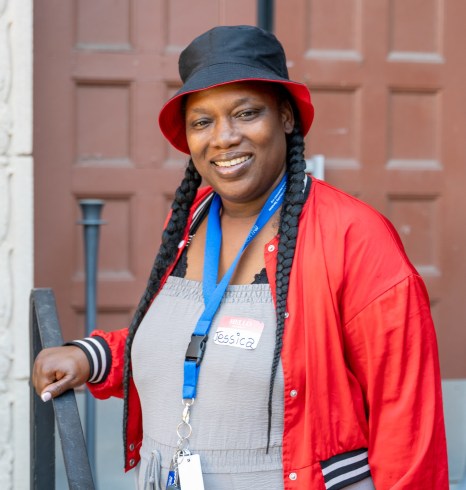 Jessica Perkins
Jessica Perkins
 Shelters in Sacramento allow tenants to bring no more than what fits into two 27-gallon totes.
Shelters in Sacramento allow tenants to bring no more than what fits into two 27-gallon totes.
 Units are seen from outside a county-funded homeless shelter at the former McClellan Air Force Base.
Units are seen from outside a county-funded homeless shelter at the former McClellan Air Force Base.
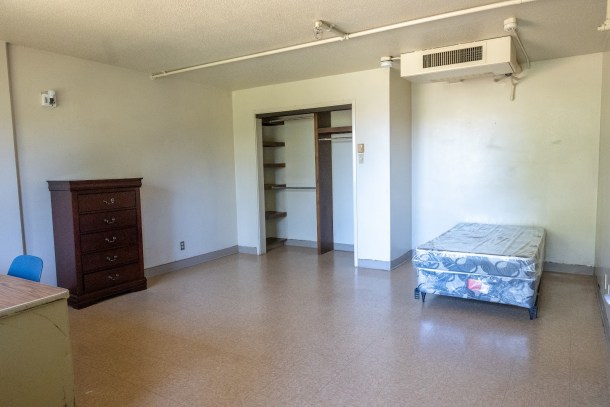 Inside a room at the shelter that occupies the former McClellan Air Force Base site.
Inside a room at the shelter that occupies the former McClellan Air Force Base site.
Imagine having to move into a new space which provides either a single bed or a single room and are told you can only bring what fits into two boxes,” Perkins said. “When you are going from off the street or in a car to a shelter you have a few options, first you can try temporary overnight shelter, or you can call the county hotline 3-1-1 and get into a shelter such as “First Steps provides”, with the tiny homes as part of Governor Newsom’s plan. There’s safe overnight parking if you have a car, or even motel/hotel vouchers.
I visited a few shelters throughout Sacramento and here are some of the people who I met.
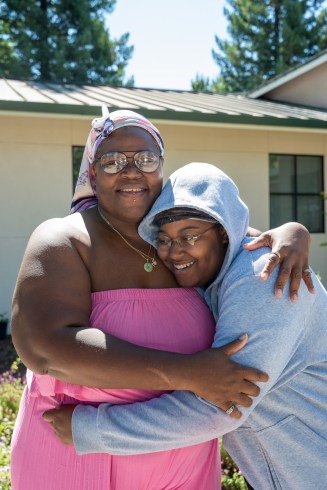 Tamiira Jackson, left, and her daughter Caeli Jackson-Franklin in front of the First Steps shelter on North A Street.
Tamiira Jackson, left, and her daughter Caeli Jackson-Franklin in front of the First Steps shelter on North A Street.
 Tamiiraa Jackson outside First Steps.
Tamiiraa Jackson outside First Steps.
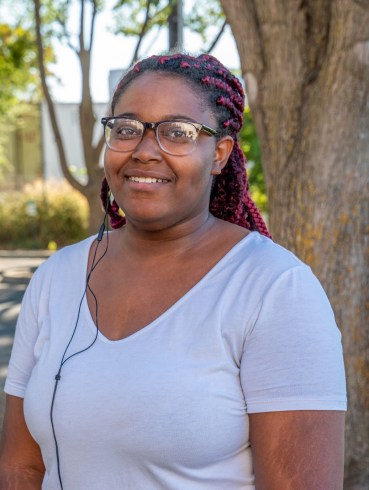 Caeli Jackson-Franklin poses outside of First Steps shelter.
Caeli Jackson-Franklin poses outside of First Steps shelter.
Tamiira Jackson and her daughter Caeli are staying in First Steps shelter, and are in the process of getting housed. They too have faced a bumpy journey to get off the concrete.
Jackson first became homeless in December after a series of misfortunes that began long before. “I got hurt in an accident, someone stole my vehicle, and then they stole the money that I had hidden,” she says. “Because of my accident, it was hard for me to get around.”
After suffering a back injury and not having a car, Jackson relied on public transit to get to and from work and run basic errands. She and her daughter lived in a motel until the end of May before the money ran out. That left them to couch surf. “That was stressful and uncomfortable,” Jackson says. “Especially because I’m used to taking care of everything by myself. I’m not used to asking for help.”
Jackson has reevaluated her life and what is important. While she was drinking her daughter was going through life sober and she realized that wasn’t fair. Caeli hopes to move to a shelter for young adults, where her brother has recently been placed.
See video below of the mother/daughter pair to hear their story.
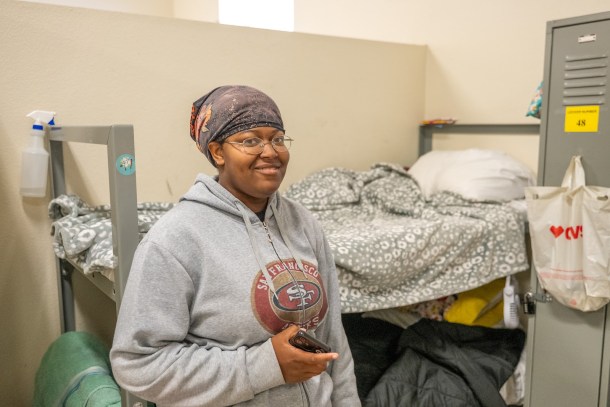 Caeli Jackson-Franklin stands before the bunk where she and her mother sleep at First Steps.
Caeli Jackson-Franklin stands before the bunk where she and her mother sleep at First Steps.
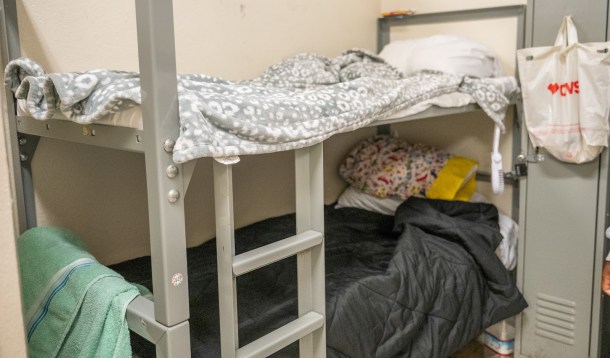 The bunk where Tamiira Jackson and her daughter sleep at First Steps.
The bunk where Tamiira Jackson and her daughter sleep at First Steps.
 Tiny homes on Stockton Boulevard.
Tiny homes on Stockton Boulevard.
 Individual residents at a typical shelter can store their own food, above.
Individual residents at a typical shelter can store their own food, above.
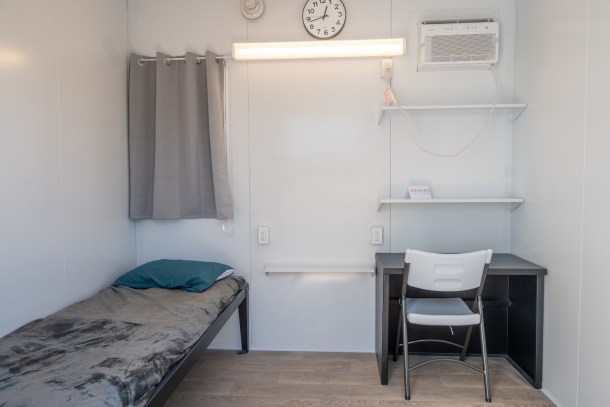 Inside the tiny homes built on Stockton Boulevard.
Inside the tiny homes built on Stockton Boulevard.
When I visited the tiny home shelter off of Stockton Boulevard, I met Tracy, a street singer. Tracy often can be found singing and entertaining near Sacramento City College.
 Tracy in front of her unit at the tiny homes, where she now lives.
Tracy in front of her unit at the tiny homes, where she now lives.
 Tracy
Tracy
This blog series was produced as a project for the USC Annenberg Center for Health Journalism’s 2025 California Health Equity Fellowship
Related

